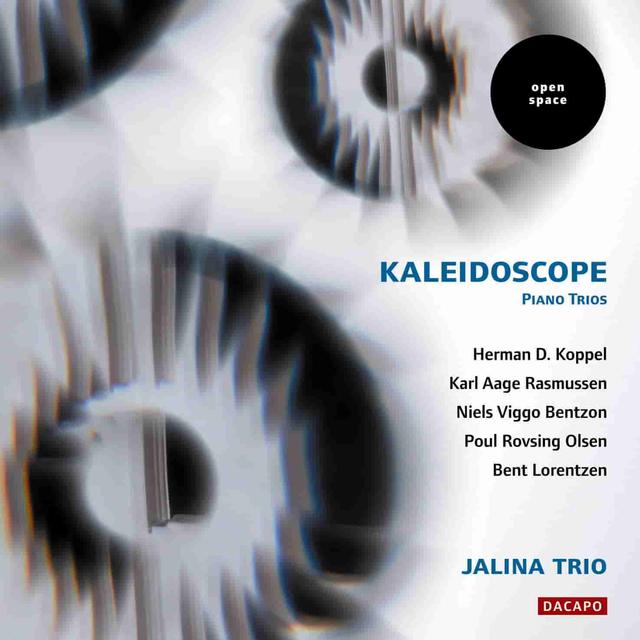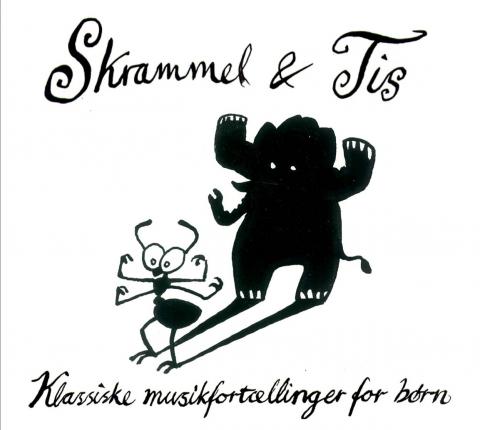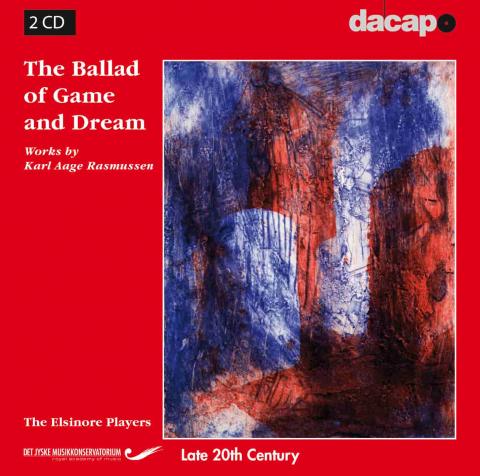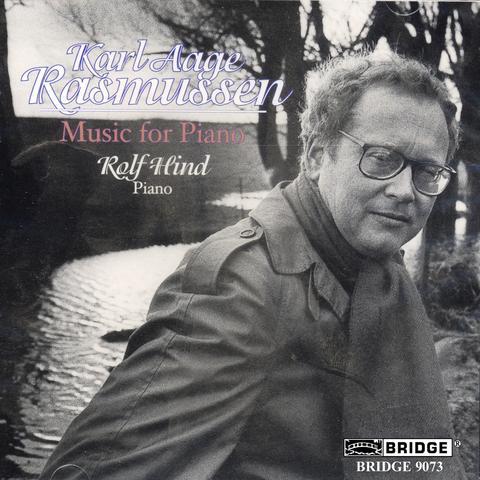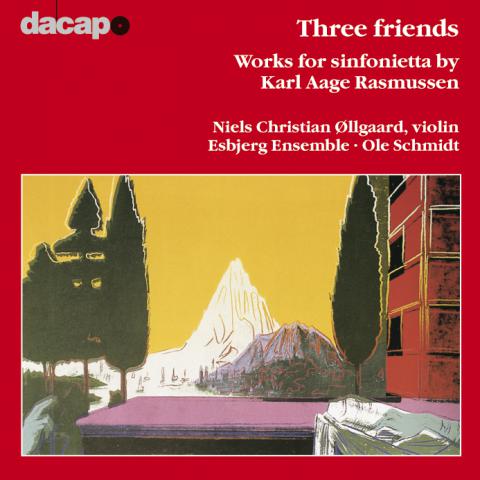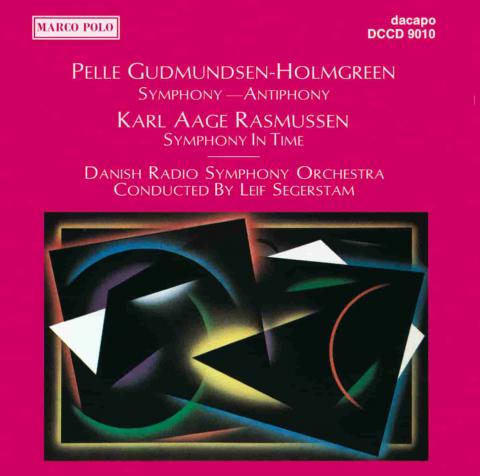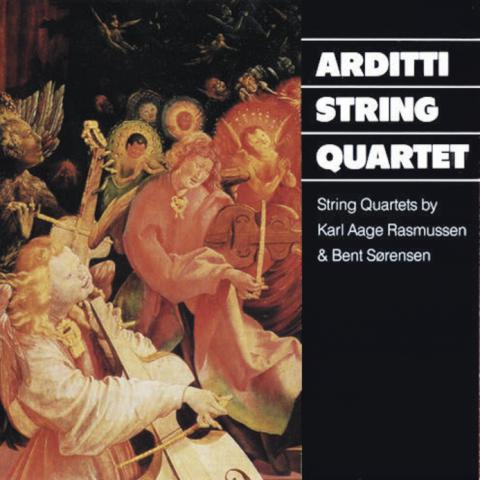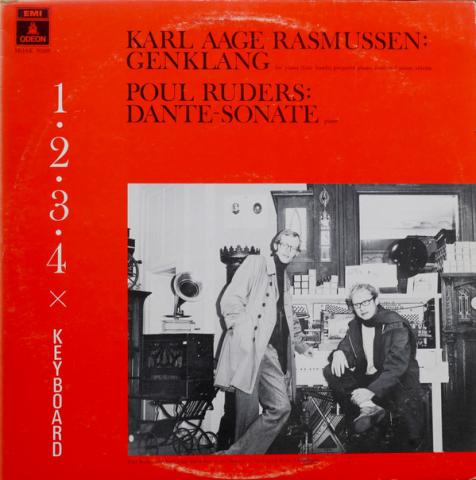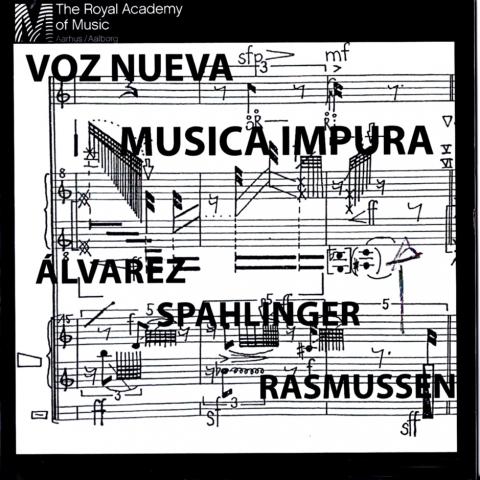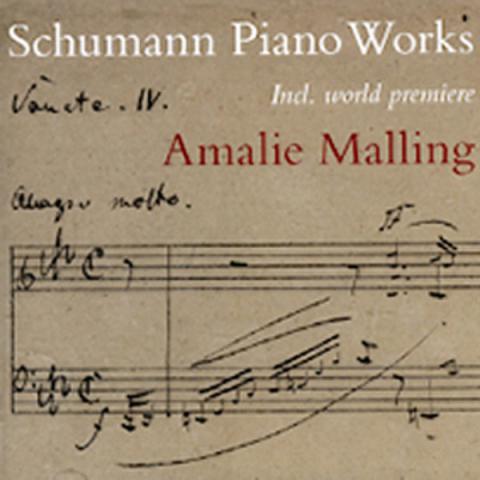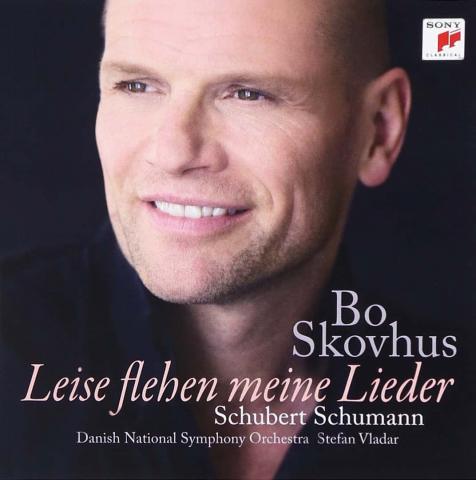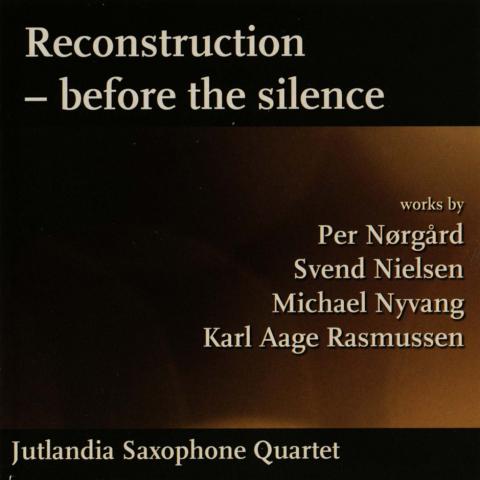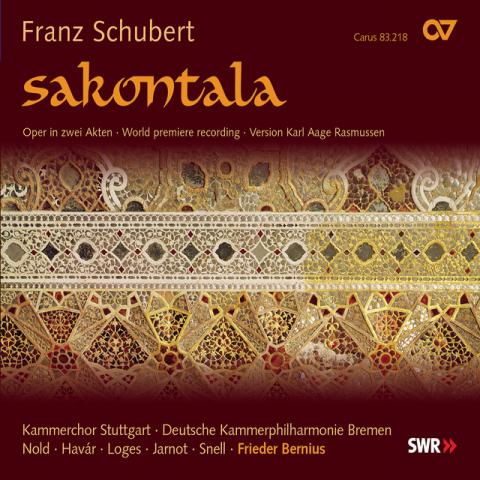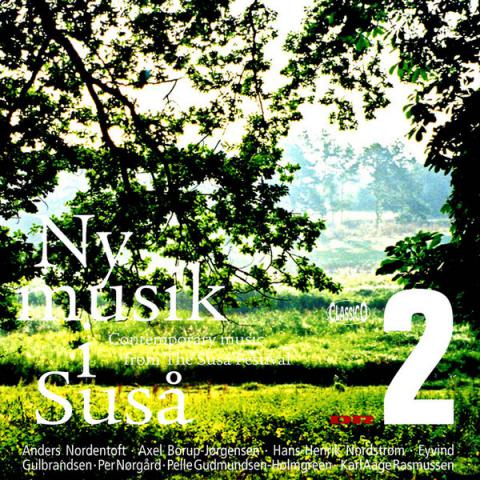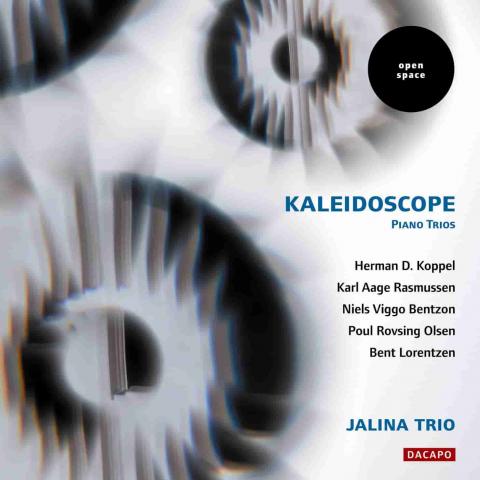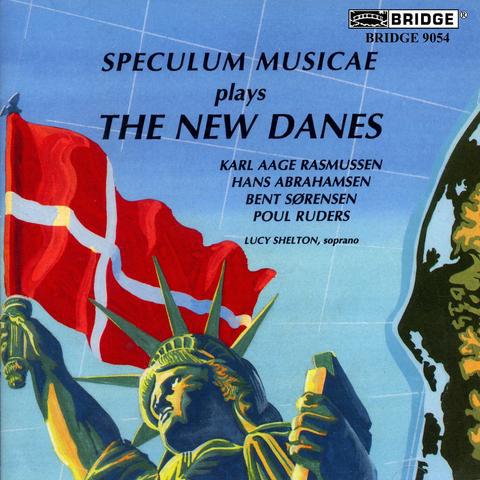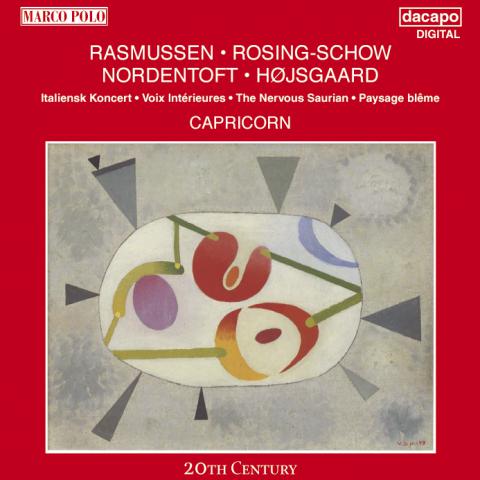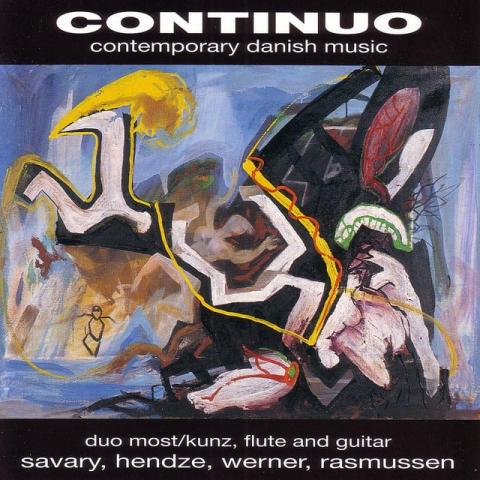Kaleidoscope
Karl Aage Rasmussen's Trauergondol draws its inspiration from Franz Liszt's piano piece of the same name, La lugubre gondola, written after a visit to his daughter and her husband Richard Wagner in Venice in 1882. The story behind the work is that in a nightmare Liszt saw the ailing Wagner's funeral procession sailing through the canals of Venice, and wrote the piece to exorcise the vision.
Rasmussen remains loyal in his recomposition of Liszt's work. Both have the low register acting as the musically-painted gondola in rocking movements from gently splashing waves to dramatic storms. The high register - in Liszt the right hand on the piano, in Rasmussen the strings - sings melancholy melodies. But Rasmussen's work is not like Liszt's. His own music sounds throughout the work in the form of the tempo variations and note displacements that make the work seem like one long line running from the low to the high and back to the low, before the concluding melancholy coda. In that sense the work is all his own, inasmuch as the tempo work - eternally accelerating (of course an auditory deceit!) - is a thoroughly Rasmussenesque invention.
